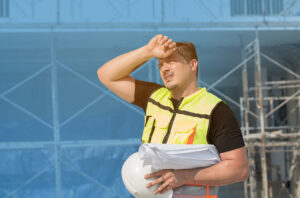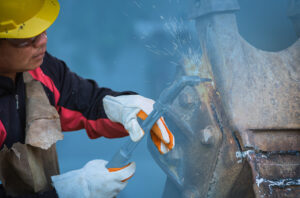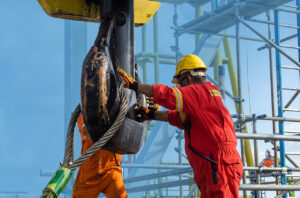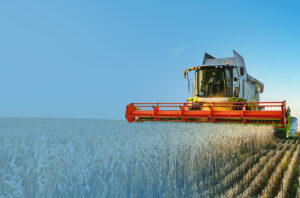PROSECUTION UPDATE – COMMERCIAL VEHICLE HAZARDS
In this article we look at three recent cases involving commercial vehicles.
While securing a load of grain bags on a curtainside trailer in February 2016 an employee of W D Cormack & Sons fell almost 3 meters from the trailer to the ground and suffered severe injuries. The company was prosecuted for health and safety offences.
On his first day in a new job an employee of Albert Road Recovery and Repair Limited was fatally injured while working on a commercial vehicle. The rigid lorry was being supported on an inadequate jack which allowed the vehicle to fall suddenly. The company, which has ceased trading, was prosecuted for health and safety offences.
Finally lorry driver Robert Bradbury was given a 21 month jail sentence after being found guilty of causing death by careless driving after colliding with a cyclist while turning left at a junction in 2017. Mr Bradbury’s vision had been obstructed by a number of objects on his dashboard including a table, a sat-nav system, a fan, ornaments and other items. Mr Bradbury’s employers, S&J Transport, were also prosecuted for health and safety offences relating to inadequate supervision.
In all cases it is important that risks are properly assessed and suitable controls and safe systems of work put in place to avoid or minimise risk. In the last of these cases, this could include providing vehicle drivers with instruction on maintaining clear vision from vehicle cabs and carrying out regular checks to make sure that company policies in this area are being followed.
In the first case above it may have been possible to prevent the accident by planning the job for example by using a load securing system that would have allowed the load to be secured from ground level. If work at height was necessary then consider using systems to prevent or minimise falls giving priority to collective measures such as platforms and guardrails over individual protection measures such as safety harnesses.
In the second case the accident may have been prevented if the employee had been provided with suitable equipment for the job and adequate induction training and supervision on his first day.

The Sun’s Out – Time To Get The Shorts Out?

Updated Gas Safety Guidance

Revised Bloodborne Viruses Guidance

New High Consequence Infectious Disease Guidance for Care Providers

New Guidance On The Safe Rigging Of Cranes
